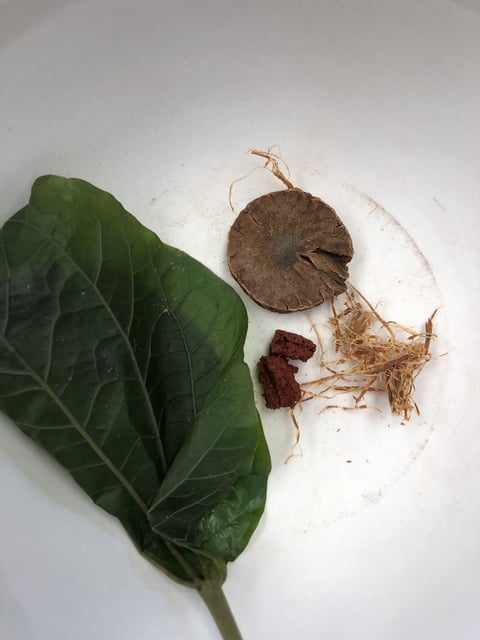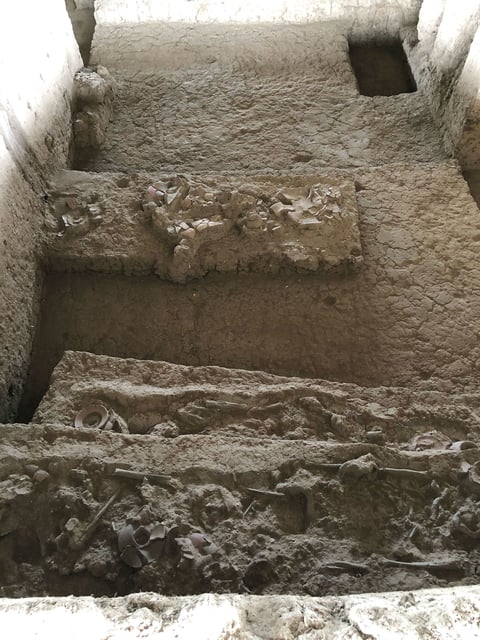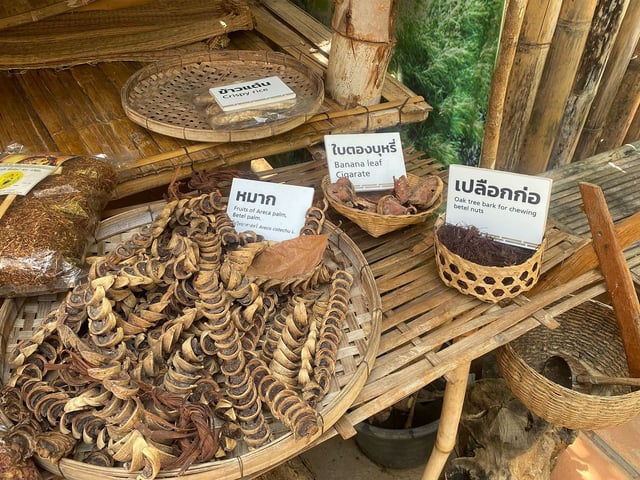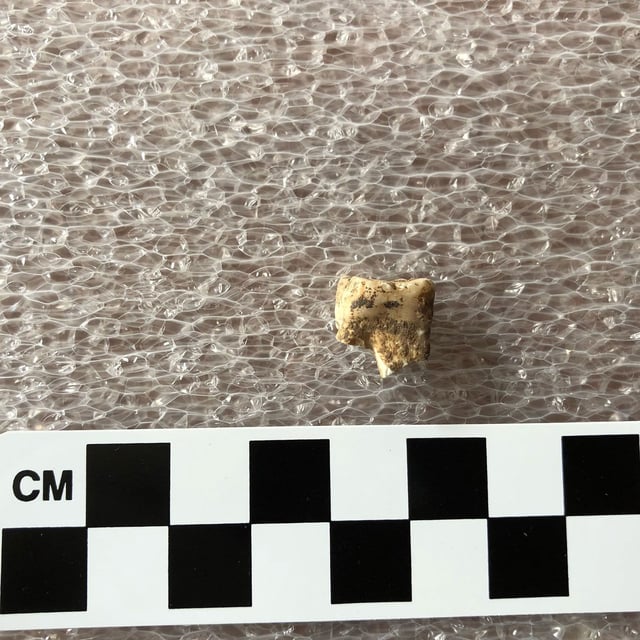Overview
- Analysis of three dental calculus samples from Burial 11 at central Thailand’s Nong Ratchawat site detected arecoline and arecaidine, compounds specific to betel nuts.
- This marks the earliest direct biomolecular proof of betel nut chewing in Southeast Asia, outdating previous inferences based on tooth stains or plant fragments.
- The liquid chromatography-mass spectrometry protocol was validated with experimentally chewed control samples, demonstrating its precision and minimal invasiveness.
- Lack of tooth staining in the tested individual highlights how conventional archaeological markers may underestimate ancient betel nut use.
- Scientists plan to extend dental calculus testing to additional burials and sites to explore cultural, social and ritual dimensions of ancient plant use.



